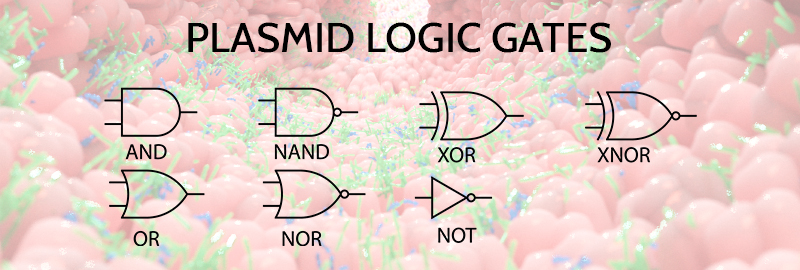Bacteria are fascinating little machines. In the past century, we have harnessed the power of bacteria to produce antibiotics, recombinant drugs, and food. We as humans have evolved and lived, sometimes symbiotically, with bacteria, i.e., in the case of intracellular mitochondria and cellular energy production. This same symbiosis is seen with the bacteria that line our guts (microbiota) providing a complex network of physiological functions that help to maintain homeostasis within our bodies. This microbiota provides essential metabolites, provides fermentation for non-digestible substrates, influences health, and have preventative cancer functions. I mention these to emphasize the importance of bacteria to human health and industry; however, imagine the possibilities of genetically engineering bacteria to live within our microbiota, with their only role is to produce therapeutic or health-beneficial metabolites on demand.
Researchers at Texas A&M University, using a synthetic biology approach, have genetically engineered an on-demand logic circuit with “AND” and “OR” gates to modulate the expression of GFP in a genetically engineered GFP producing C. elegans animal model. Feeding the C. elegans E. coli containing either the AND or the OR gated plasmid controls GFP expression. In the AND gated plasmid, the promoters are inducibly controlled using L-Arabinose and anhydrotetracycline to induce the promoter. Meaning that the AND logic gate needs both promoters to be induced in order to facilitate the transcription of interference RNA against GFP production, thus silencing C. elegans GFP gene expression with a >90% efficiency. The OR gated plasmid needs either L-Arabinose or anhydrotetracycline to achieve the same >90% silencing efficiency seen in the AND gate.
They were able to expand the logic gated gene expression control to program animal physiology. By substituting the GFP ssRNA coding region with either an unc-22 or sbp-1 ssRNA coding region, they could control C. elegans locomotion through the silencing of unc-2, producing a twitching phenotype, and metabolism by downregulating sbp-1, increasing the worms fat storage.
This fundamental bioengineering approach for the on-demand synthesis of biological molecules is the first in many experiments that can potentially engineer bacteria in such a way as to deliver a wide variety of metabolites or therapeutics internally.
Visit us at Axxiem.com
